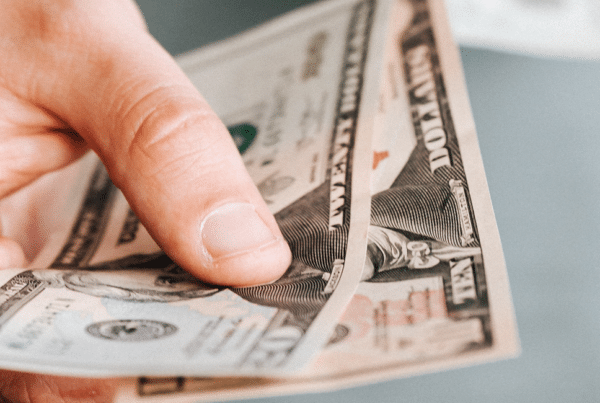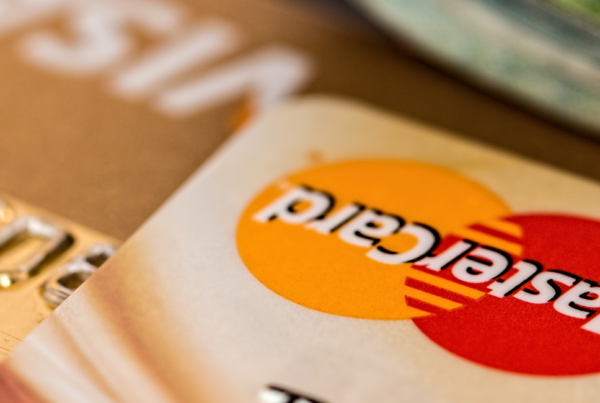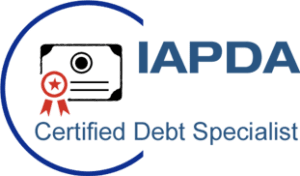
Being debt free doesn’t always mean having no debt.
For most of us, debt is inescapable. It’s the sole reason why we can move into the house of our dreams, or rev up the operations of our own business. However, debt is often an angel in disguise; it can provide us a better way of life while also causing grief and struggle. The first thing to understand is being debt free doesn’t necessarily mean you have no debt. I realize this may sound counterintuitive given the phrase is “debt free”… but it’s all about the type, and amount of debt you have.
While debt has its fair share of disadvantages, not all debt is bad debt. Sometimes it’s even practical to take on a certain amount of debt for considerable benefits in the future. When we talk about living a debt-free life, we forget that debt can also be considered an investment with potential returns. In order to be debt free, you need to first understand the difference between good debt and bad debt.
First thing first, what is debt exactly?
In simple terms, debt is money you borrow for a contractual period of time in order to supply a financial need. These needs can either be for corporate reasons, where you’d like to invest in your business, or for personal reasons.
Consumer debt typically comes in two forms, secured and unsecured. A secured debt is one that contains collateral of some kind that you are borrowing against. If you can’t come up with the payments, the bank can legally repossess the collateral to recoup the debt. This is the safest type of debt for banks, as they have two opportunities to collect on their investment.
Unsecured debt contains no collateral, and is credit extended to a person based on their credit and/or buying history. This is considered high risk debt, as the bank has no collateral to fall back on in the event the person stops paying.
The difference between good and bad debt.
Good debt is debt that will eventually provide you with financial benefits. It’s something that enhances your net worth or increases the value of your property. So a good debt is an investment such as a house or property. That house or property will ideally gain equity, and your initial debt will turn into profit. Another example of good debt is a business loan. If your business is successful, you stand to build life-long profits from your initial debt.
Good debt doesn’t just refer to the type, it also refers to the terms. Low interest, no fees or penalties debt is considered good debt. The reason is, if you do fall behind during hard times, the long-term impact is much less significant.
Bad debt generally doesn’t have a long term positive plan. This is the money you borrow for a purpose that will not return a profit or gain. A credit card is the best example of bad debt, though we’ll talk about others as well. Why is a credit card bad debt? High interest rates, fees, penalties, and no equity. Meaning you’ve gained nothing but a deferred payment that’s much higher than the original. Another example of bad debt is a payday loan. These predatory loans can reach up to 500% interest and are near impossible to pay off if you fall behind.
How does bad debt prevent you from being debt free?
There are a few other types of debt that we consider as good or bad. Student loans, for example, are a type of good debt. This is because university graduates generally command higher paying jobs. Student loans are also low interest, low impact debt that is easier to pay off than others. Even though it doesn’t always feel this way!
Investing in your business through a loan or line of credit is good debt. Of course you need to have a growth plan in place and utilize that loan effectively. Through these developments, the expectation is greater ROI (Return on Investment). Business loans tend to also be low interest and have manageable repayment plans. Ideally, your investment will yield results and this debt can be handled quickly.
On the other hand, taking out a loan to finance vacations or to pay other debts and bills is counterproductive. It’s actually adding to your overall debt in the long-run. It’s very difficult to say no to a want, especially if you have available credit. By taking on this bad debt, you may enjoy your instant gratification, but will be paying for it for years to come.
Knowing how much debt you can afford is key.
Aside from the type, the amount borrowed plays a vital role in your success to pay it back. The realistic way to decide a “safe” amount is by calculating your current debt-to-income ratio.
The way this method works is by first adding up all your monthly debt payments and then dividing it by your gross monthly income. You’re looking to keep your debt below 36% of your income. For instance, if your monthly debt payments cost you $455 a month with a monthly income of $2000, your DTI (debt-to-income ratio) is about 23% You can afford to take on some more debt, or pay more towards your existing debt. Keep in mind this is payments towards your debt only, not housing, utilities, etc. There’s a separate recommended percentage for housing, but that’s for another article.
When you know this number, you’re able to make borrowing decisions based on it. Staying under the recommended 36% will keep your debt manageable. If your debt is manageable, you are far less likely to fall behind.
Saving yourself from bad debt to be debt free.
When it comes to a debt-burdened life, we’re not factoring in good debts as a contributor to the burden. This is mainly because we have a debt payment strategy in plan for our good debts. And, we expect future gains to cover the repayment.
However, bad debts are how people get into trouble. Accumulating bad debt ends in high interest, long-term repayment plans. The longer you pay back a debt, the more that debt is costing you.
The key to living a debt-free life is to make responsible purchases and employ efficient strategies to manage your debt. Easier said than done, we know. You should always be measuring your DTI. This is your answer to the questions, can I afford to open this credit card? Or can I afford this personal loan?
It’s also best to avoid bad debt whenever possible. Using our credit cards frequently desensitizes us from responsible spending. Meaning we are likely to spend more on unnecessary products because we aren’t aware of the long-term cost. You should also search for the best way to remain money conscious. Taking advantage of package deals, cheap investments and more to save your money. Even with luxurious holidays, it’s best to not loosen your hand on how much you spend.
I took on too much bad debt!
If you’re already in a financial deadlock through bad debts, it’s time to seek help. The truth is, once you’ve accumulated too much bad debt to keep up with, you’ll never be able to pay it off. Your average credit card with a $6,000 balance, making minimum payments, will take 10+ years to pay off. If that isn’t bad enough, you’ll pay over $11,000 with interest in the end. See why it’s called bad debt?
At this point, it’s time to look at debt relief programs. Our federally regulated program is debt settlement, the quickest and easiest way to get rid of bad debt. However, there’s many options out there, and finding the one that suits you is what’s important. You should consider debt settlement, debt consolidation, a debt management plan or combination of the above. For those in extremely serious debt trouble, bankruptcy may also be an option.
So, what does it really mean to be debt free?
As you can see, it’s not an easy answer. Being debt free to start with means having minimal to no bad debts and average good debts. Being debt free doesn’t mean you have no mortgage, bills, or car payment. It means you carry a manageable amount of debt, and are cognizant of your borrowing and DTI.
You can still be debt free with debt, as long as the debt is working for you and not against you.
Your partner in debt relief,
Consumer First Financial





